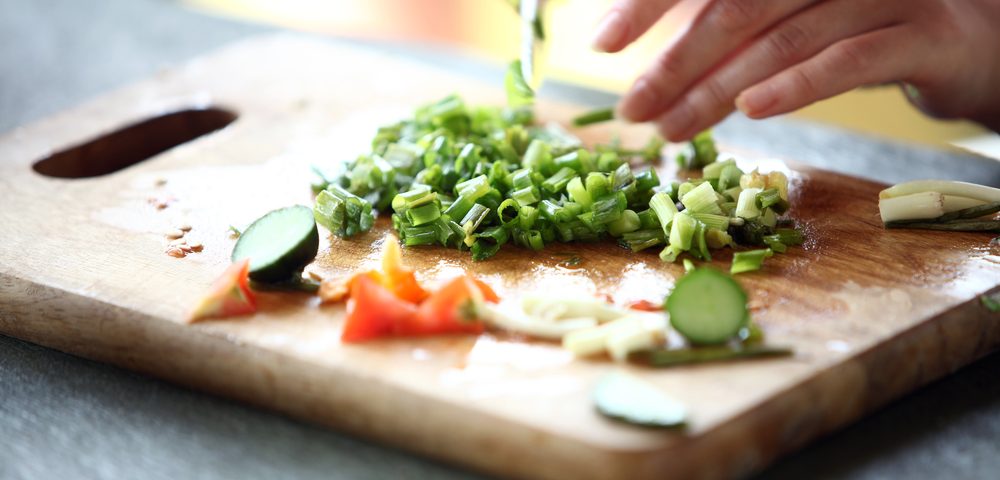Seasonal Cooking with Mito

The Christmas season has drifted in, and with it come mouth-watering kitchen smells. It’s time to mix the cookie dough, roll out the pie crust, and stick the turkey in the oven.
I have fond memories of helping my mother make cranberry sauce from scratch. She was a science major, so she would always remind me of the chemistry involved in cooking while we’d watch the sauce bubble and simmer. Now, with mitochondrial myopathy making it harder for her cells to generate energy, she has had to pare back on her time spent in the kitchen. Fortunately, though, she has found ways to continue her beloved hobby of cooking.
As my mother’s disease has progressed, I have become a sort of coach for her. Teaching her how to live with mito can be a challenge at times. Being inactive for long periods is not an ability she possesses. I now know what it was like for her to watch me fight my body’s inability to pursue an active lifestyle. It takes a lot of practiced willpower to stop an activity for the sake of health.
One thing I always remind my mother is that help is almost always available if she asks for it. Assistance from my father to do things like grate cheese or grab items from the fridge saves my mom a lot of energy when putting together a meal. Finding kitchen equipment to make cooking less strenuous on her body is important, too. Mixing thick batters like cookies or brownies takes a great deal of strength. An electric mixer eliminates the need for energy for that extra step so that my mom can use it for something else.
Pacing herself is key when she decides to cook dinner or bake something. She does this by splitting up tasks over two days. Starting in the morning when she has the most energy, she’ll either prep ingredients or cook protein. And yes, the protein will be fine a day later as long as it’s cooked all the way through and stored in an airtight container. Storing the prepped ingredients separately can be an important step, too, as it prevents premature mixing of the flavors and keeps everything fresh. To save space in our crowded fridge, she’ll use one bowl but separate each ingredient with a layer of plastic cling wrap.
Spacing out her cooking with time to rest and recuperate keeps her from going into a week-long relapse. After some relaxation, she can them continue following the recipe.
A good resource for finding quick and easy recipes is Tasty. Each recipe has a minimal amount of steps, and their video tutorials will leave you salivating.
If you want to get back in the kitchen but your disease has complicated things, I hope this column was helpful. Don’t give up on the things you love just because you are unable to do them the traditional way.
***
Note: Muscular Dystrophy News is strictly a news and information website about the disease. It does not provide medical advice, diagnosis or treatment. This content is not intended to be a substitute for professional medical advice, diagnosis, or treatment. Always seek the advice of your physician or another qualified health provider with any questions you may have regarding a medical condition. Never disregard professional medical advice or delay in seeking it because of something you have read on this website. The opinions expressed in this column are not those of Muscular Dystrophy News or its parent company, Bionews Services, and are intended to spark discussion about issues pertaining to muscular dystrophy.








Eman Abdullah Abd El Hameed
I was wondering if there is any type of food that can really help patients with DMD.I have two boys suffering this disease. we are from Egypt
Leah Leilani
Thank you for reading my article. For people living with neuro muscular diseases it is important to have a good amount of calcium and fiber on a daily basis. Salt intake shouldn’t be too high and caloric consumption should be about 80% of what able-dories people consume. Food sensitivities are a very individual thing but I believe that everything is okay in moderation. I hope this helped